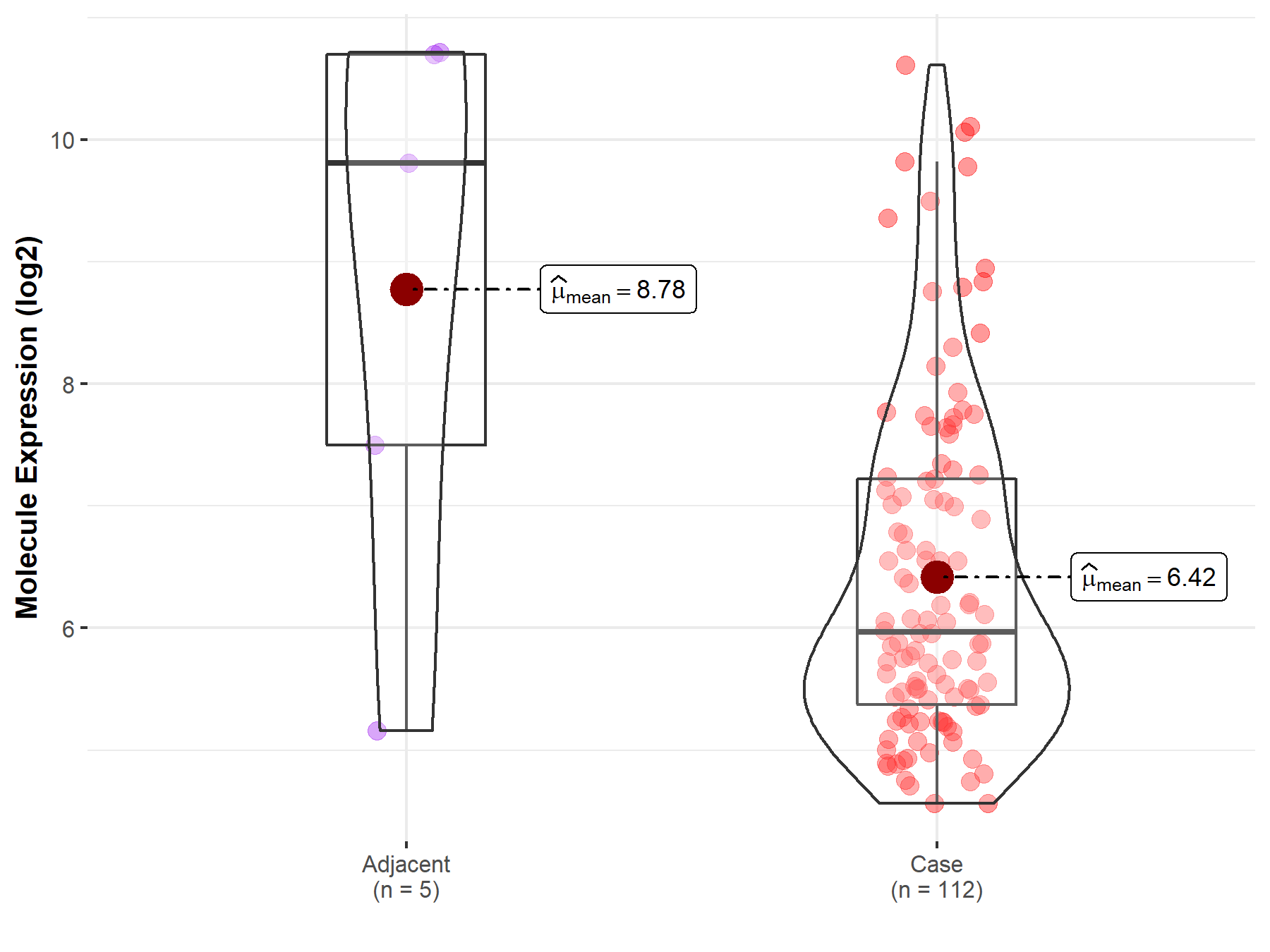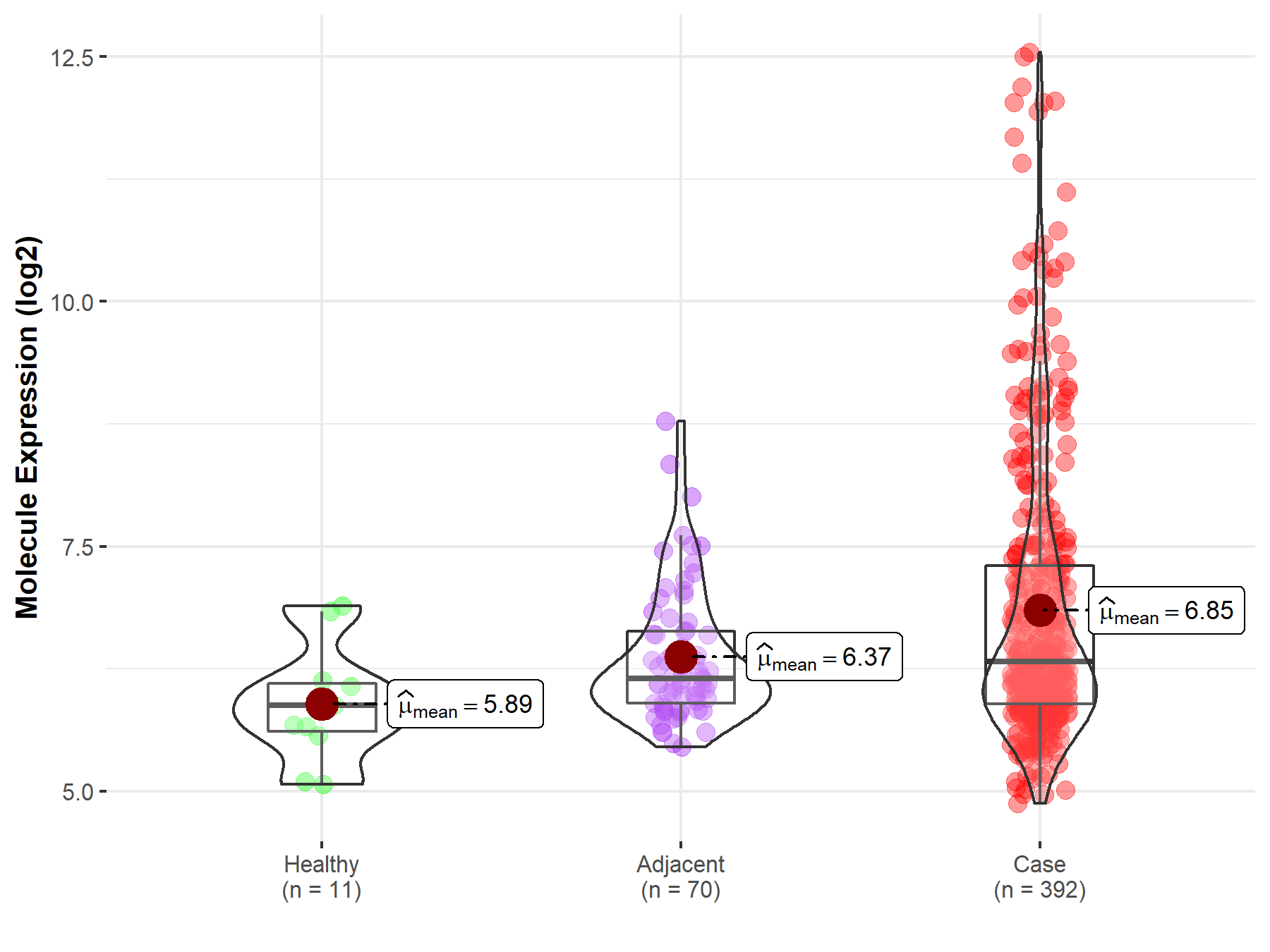Molecule Information
General Information of the Molecule (ID: Mol00099)
| Name |
Interleukin-6 (IL6)
,Homo sapiens
|
||||
|---|---|---|---|---|---|
| Synonyms |
IL-6; B-cell stimulatory factor 2; BSF-2; CTL differentiation factor; CDF; Hybridoma growth factor; Interferon beta-2; IFN-beta-2; IFNB2
Click to Show/Hide
|
||||
| Molecule Type |
Protein
|
||||
| Gene Name |
IL6
|
||||
| Gene ID | |||||
| Location |
chr7:22725884-22732002[+]
|
||||
| Sequence |
MNSFSTSAFGPVAFSLGLLLVLPAAFPAPVPPGEDSKDVAAPHRQPLTSSERIDKQIRYI
LDGISALRKETCNKSNMCESSKEALAENNLNLPKMAEKDGCFQSGFNEETCLVKIITGLL EFEVYLEYLQNRFESSEEQARAVQMSTKVLIQFLQKKAKNLDAITTPDPTTNASLLTKLQ AQNQWLQDMTTHLILRSFKEFLQSSLRALRQM Click to Show/Hide
|
||||
| Function |
Cytokine with a wide variety of biological functions in immunity, tissue regeneration, and metabolism. Binds to IL6R, then the complex associates to the signaling subunit IL6ST/gp130 to trigger the intracellular IL6-signaling pathway (Probable). The interaction with the membrane-bound IL6R and IL6ST stimulates 'classic signaling', whereas the binding of IL6 and soluble IL6R to IL6ST stimulates 'trans-signaling'. Alternatively, 'cluster signaling' occurs when membrane-bound IL6:IL6R complexes on transmitter cells activate IL6ST receptors on neighboring receiver cells (Probable).
Click to Show/Hide
|
||||
| Uniprot ID | |||||
| Ensembl ID | |||||
| HGNC ID | |||||
| Click to Show/Hide the Complete Species Lineage | |||||
Type(s) of Resistant Mechanism of This Molecule
Drug Resistance Data Categorized by Drug
Approved Drug(s)
2 drug(s) in total
| Drug Sensitivity Data Categorized by Their Corresponding Mechanisms | ||||
|
|
||||
| Disease Class: Esophageal squamous cell carcinoma | [1] | |||
| Sensitive Disease | Esophageal squamous cell carcinoma [ICD-11: 2B70.3] | |||
| Sensitive Drug | Cisplatin | |||
| Molecule Alteration | Expression | Down-regulation |
||
| Experimental Note | Identified from the Human Clinical Data | |||
| Cell Pathway Regulation | Cell apoptosis | Activation | hsa04210 | |
| IL6/STAT3 signaling signaling pathway | Inhibition | hsa04659 | ||
| In Vitro Model | TE8 cells | Esophageal | Homo sapiens (Human) | CVCL_1766 |
| TE13 cells | Esophageal | Homo sapiens (Human) | CVCL_4463 | |
| TE10 cells | Esophagus | Homo sapiens (Human) | CVCL_1760 | |
| TE1 cells | Esophagus | Homo sapiens (Human) | CVCL_1759 | |
| TE11 cells | Esophagus | Homo sapiens (Human) | CVCL_1761 | |
| TE5 cells | Esophagus | Homo sapiens (Human) | CVCL_1764 | |
| TE9 cells | Esophagus | Homo sapiens (Human) | CVCL_1767 | |
| Experiment for Molecule Alteration |
Western blotting analysis | |||
| Experiment for Drug Resistance |
MTT assay | |||
| Mechanism Description | Let-7c directly repressed cisplatin-activated interleukin (IL) -6/STAT3 prosurvival pathway, restored sensitivity to cisplatin and increased rate of apoptosis after exposure to cisplatin. | |||
| Drug Resistance Data Categorized by Their Corresponding Mechanisms | ||||
|
|
||||
| Disease Class: Renal cell carcinoma | [2] | |||
| Resistant Disease | Renal cell carcinoma [ICD-11: 2C90.0] | |||
| Resistant Drug | Sorafenib | |||
| Molecule Alteration | Expression | Up-regulation |
||
| Experimental Note | Identified from the Human Clinical Data | |||
| Cell Pathway Regulation | Cell cytotoxicity | Activation | hsa04650 | |
| Tumorigenesis | Inhibition | hsa05200 | ||
| In Vitro Model | 786-O cells | Kidney | Homo sapiens (Human) | CVCL_1051 |
| A498 cells | Kidney | Homo sapiens (Human) | CVCL_1056 | |
| Caki-2 cells | Kidney | Homo sapiens (Human) | CVCL_0235 | |
| OSRC-2 cells | Kidney | Homo sapiens (Human) | CVCL_1626 | |
| Experiment for Molecule Alteration |
qRT-PCR | |||
| Experiment for Drug Resistance |
CCK8 assay | |||
| Mechanism Description | Long noncoding RNA-SRLR elicits intrinsic sorafenib resistance via evoking IL-6/STAT3 axis in renal cell carcinoma. LncRNA-SRLR directly binds to NF-kB and promotes IL-6 transcription, leading to the activation of STAT3 and the development of sorafenib tolerance. | |||
Investigative Drug(s)
1 drug(s) in total
| Drug Resistance Data Categorized by Their Corresponding Mechanisms | ||||
|
|
||||
| Disease Class: Breast cancer | [3] | |||
| Resistant Disease | Breast cancer [ICD-11: 2C60.3] | |||
| Resistant Drug | Platinum | |||
| Molecule Alteration | Expression | Up-regulation |
||
| Experimental Note | Revealed Based on the Cell Line Data | |||
| In Vitro Model | MCF-7 cells | Breast | Homo sapiens (Human) | CVCL_0031 |
| MDA-MB-231 cells | Breast | Homo sapiens (Human) | CVCL_0062 | |
| SkBR3 cells | Breast | Homo sapiens (Human) | CVCL_0033 | |
| In Vivo Model | Nude mouse xenograft model | Mus musculus | ||
| Experiment for Molecule Alteration |
qRT-PCR | |||
| Experiment for Drug Resistance |
Caspase 3/7 cleavage assays; Aldefluor assay; MTS assay; Flow cytometric analysis | |||
| Mechanism Description | Blocking the EZH2-interactiing domain of HOTAIR and disrupting the HOTAIR-EZH2 interaction resensitizes cancer cells to clinically relevant cytotoxic chemotherapies, reduces cell invasion and decreases NF-kB transcriptional activity and IL-6 and MMP-9 expression in vivo. Levels of genes like IL6 shown to be up-regulated by HOTAIR. | |||
Disease- and Tissue-specific Abundances of This Molecule
ICD Disease Classification 02

| Differential expression of molecule in resistant diseases | ||
| The Studied Tissue | Esophagus | |
| The Specified Disease | Esophageal cancer | |
| The Expression Level of Disease Section Compare with the Adjacent Tissue | p-value: 9.38E-02; Fold-change: -3.84E+00; Z-score: -1.59E+00 | |
|
Molecule expression in the normal tissue adjacent to the diseased tissue of patients
Molecule expression in the diseased tissue of patients
|
||
| Disease-specific Molecule Abundances |

|
Click to View the Clearer Original Diagram |
| Differential expression of molecule in resistant diseases | ||
| The Studied Tissue | Breast tissue | |
| The Specified Disease | Breast cancer | |
| The Expression Level of Disease Section Compare with the Healthy Individual Tissue | p-value: 6.49E-12; Fold-change: -2.64E-01; Z-score: -1.83E-01 | |
| The Expression Level of Disease Section Compare with the Adjacent Tissue | p-value: 4.31E-08; Fold-change: -1.61E+00; Z-score: -1.03E+00 | |
|
Molecule expression in the normal tissue adjacent to the diseased tissue of patients
Molecule expression in the diseased tissue of patients
Molecule expression in the normal tissue of healthy individuals
|
||
| Disease-specific Molecule Abundances |

|
Click to View the Clearer Original Diagram |
| Differential expression of molecule in resistant diseases | ||
| The Studied Tissue | Kidney | |
| The Specified Disease | Kidney cancer | |
| The Expression Level of Disease Section Compare with the Healthy Individual Tissue | p-value: 2.23E-04; Fold-change: 4.48E-01; Z-score: 7.59E-01 | |
| The Expression Level of Disease Section Compare with the Adjacent Tissue | p-value: 2.88E-05; Fold-change: 1.74E-01; Z-score: 2.54E-01 | |
|
Molecule expression in the normal tissue adjacent to the diseased tissue of patients
Molecule expression in the diseased tissue of patients
Molecule expression in the normal tissue of healthy individuals
|
||
| Disease-specific Molecule Abundances |

|
Click to View the Clearer Original Diagram |
Tissue-specific Molecule Abundances in Healthy Individuals


|
||
References
If you find any error in data or bug in web service, please kindly report it to Dr. Sun and Dr. Zhang.
